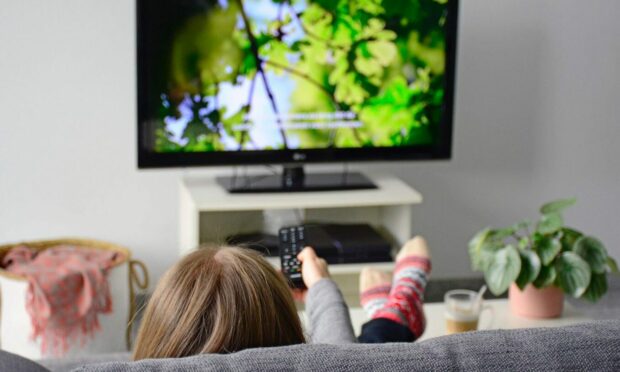Once more, I find myself down with yon kids. At least in this respect: I often watch TV with subtitles.
Young persons apparently do this routinely, according to a YouGov poll, not because they have a hearing impairment or are watching a foreign language film, but because it helps them multitask (i.e. text at the same time).
Apparently, it’s what they’ve become used to on TogTog, if that is the name. Also, absurdly, they often watch shows on small gadgets, where subtitles help.
And they appreciate that subtitles now convey more information than before, such as the lyrics and name of a song being played.
Certainly, subtitles have improved for deaf folk, since the words also describe noises, and that helps them understand what’s happening.
Understanding American
In my case, I started watching with subtitles during The Wire, the American crime show.
I’d heard so much about it, and so bought the boxed set, but gave up part-way through the first episode as I hadn’t a clue what was going on.
Even if I did have a scoobie about drugs or urban black culture, and I’m afraid I don’t, I just couldn’t understand what folks were saying.
Months later, I had a go again, this time with subtitles, and found I was watching a fantastic TV series.
Understanding the urban slang was educational, and I enjoyed its creativity and the sense of bonding it created among those using it.
This from someone who is usually a stickler for “proper” grammar!
Bad beginnings
Now, I watch many shows with subtitles, mainly American ones, but not exclusively so. It’s the fault of these big flat tellies.
I don’t know if they’re any better now, as mine is now pretty ancient. It doesn’t have much of a speaker that I can see, and I guess you were supposed to buy these separately, which they never told us.
A bit of a con perhaps. At any rate, they had to start offering speakers after lots of folk, not just your humble correspondent, complained they couldn’t hear properly.
In simpler times, when technology was more commonsensical, you got a big speaker on the front of your set, not to mention … a brightness button.
A brightness button! How we took it for granted. Never even thought about it. Of course the telly had a brightness button.
The dread of settings
Well, now it doesn’t. Now, if you want to alter the brightness (and, as with many folk, from what I can gather online, my picture is too dark), you must search through your four remotes for the “settings”.
The settings: oh, dreaded word. A place where nothing is simple or obvious.
Obviously, in settings, there’s no mention of a simple concept like “brightness”, as you switch through guff about ratios, dynamic modes and motion enhancers. In the end, you have to give up and end up watching the footer in semi-darkness. Or at least I do.
Young persons joke that they cannot understand anything without subtitles now, and boffins suggest they’ll be ubiquitous in future.
Maybe they won’t just be on telly either. When you’re talking to your mate in a crowded, noisy pub, he presses a button on his portable telephone and, to help him understand you, subtitles flash up on your foreheid.

Conversation